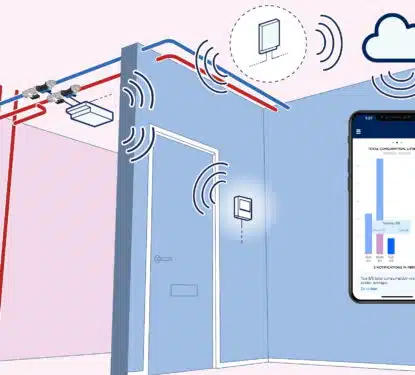The Royal Institute of British Architects (RIBA) has created a Smart Building Overlay to the 2020 RIBA Plan of Work, which clearly defines the stages of development in building projects. This Smart Building Overlay acts as a resource for all built environment professionals, clients and end users, looking for guidance on how to incorporate smart building technology in any building typology. “The Smart Building Overlay discusses innovative approaches to support opportunities for Smart Building Technology in any building typology, within the framework of the RIBA Plan of Work,” the organization explained. “It addresses the crossover of technology, sustainability and the built environment with principles that may be applied to any project.” The clear priority of RIBA’s Smart Building Overlay is to improve information handover between stakeholders in the various phases of a building project and ensure that smart technology concepts are incorporated during the design phase. We have been discussing these fragmented data silos and […]
Most Popular Articles

Podcast 40: Stiles Property Management Found $400K+ in Hidden Savings
Most property managers know their buildings are hemorrhaging money through inefficient systems. The problem? They have no idea where to start looking. Devon Newton, VP of Property Management at Stiles, faced this exact challenge with 110 East, a new Class A development in Charlotte’s Southpark district. Despite managing 116 properties across the Southeast, she found […]

Smartvatten Strengthens European Position with 2025 LeakLook Acquisition
This Research Note examines Smartvatten, a Finnish specialist in water efficiency technology and expertise in Northern Europe. It updates our previous article in March 2024, covering Smartvatten’s solutions, key developments in 2024, sustainability partnerships and the September 2025 acquisition of LeakLook, a Finnish specialist in IoT-driven water monitoring for real estate. Smartvatten Profile Established in […]

Johnson Controls + Tyco: Nearly 10 Years on from the $16.5B Mega Merger
Nearly 10 years after the merger between Johnson Controls and Tyco in 2016, the $16.5 billion deal stands as one of the most significant consolidation moves in the building technologies sector. Today, with the benefit of hindsight and financial data, we can evaluate whether this mega-merger achieved its ambitious objectives. The 2016 merger created a […]
